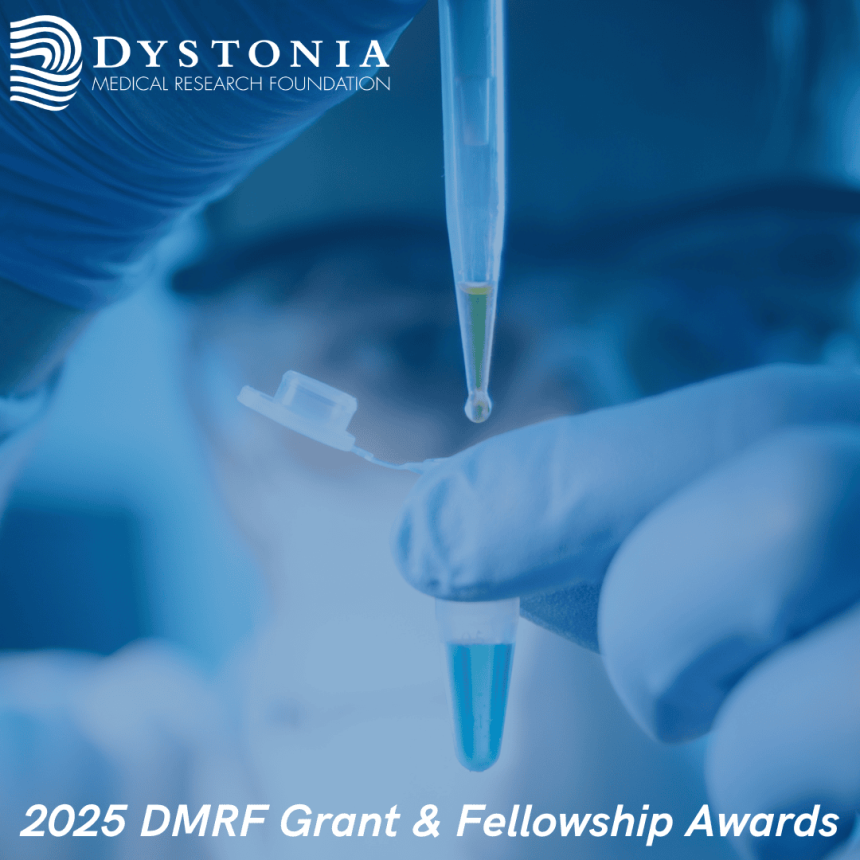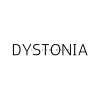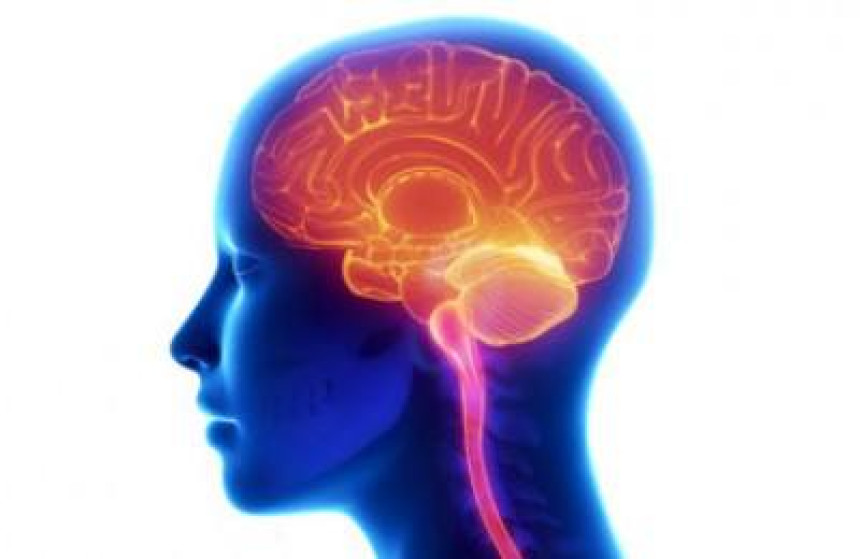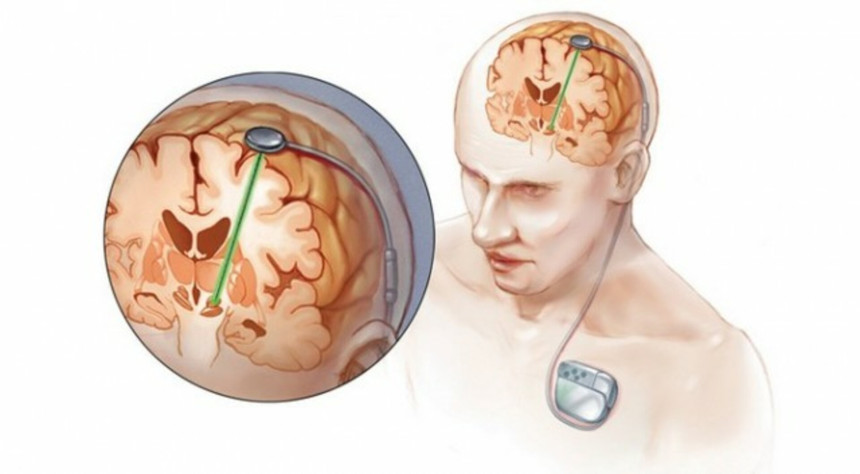
DMRF Awards 2025 Research Grants to Advance Breakthroughs in Pediatric DBS and DYT1 Dystonia
DMRF's 2025 grants fund critical dystonia research into pediatric DBS, neurotransmitters in DYT1 dystonia, and striatal neural circuitry. Learn how these projects could transform treatment.
DMRF Awards 2025 Research Grants to Advance Breakthroughs in Pediatric DBS and DYT1 Dystonia
In a bold stride toward transforming the landscape of dystonia treatment and understanding, the Dystonia Medical Research Foundation (DMRF) has officially announced its 2025 research grants and fellowships. This year’s awards emphasize groundbreaking work in pediatric deep brain stimulation (DBS) decision-making, the striatal neural circuitry, and the role of neurotransmitters in DYT1 dystonia—one of the most common early-onset genetic forms of the disorder.
These prestigious awards reflect the DMRF's continued commitment to catalyzing scientific innovation while supporting clinician-scientists at critical points in their careers.
Among the highlights of the 2025 research program is a strong focus on clinical and translational neuroscience. The DMRF has carefully selected research proposals that are expected to deliver practical benefits for patients living with dystonia—especially children.
“This year's awardees are investigating questions that are highly relevant to patients and families,” said DMRF President Janet Hieshetter, underscoring the foundation’s vision of improving lives through research.
Key areas of 2025 funding include:
- Pediatric DBS Decision-Making: With an increasing number of children undergoing deep brain stimulation for generalized dystonia, new research is addressing the complexity of timing and criteria for surgery. Pediatric neurologists and neurosurgeons often face challenges due to limited longitudinal data. One of the funded projects will use long-term case analysis and patient outcomes to refine clinical guidelines for DBS in children.
- Striatal Neural Circuitry in Dystonia: The basal ganglia and striatum have long been implicated in dystonia pathophysiology. A funded basic science project is delving into synaptic connectivity and plasticity within the striatal circuits. This is expected to identify novel molecular targets for precision therapies in focal and generalized dystonias.
- Neurotransmitter Dynamics in DYT1 Dystonia: In another important development, a grant has been allocated to study how neurochemical imbalances—particularly dopamine and GABA—contribute to abnormal motor signaling in DYT1 dystonia. Researchers will use genetically modified mouse models and neuroimaging tools to uncover mechanistic insights that may pave the way for future drug development.
For a full list of grant recipients and research topics, visit the official DMRF announcement page.
The DMRF also awarded fellowships to early-career researchers committed to combining patient care with rigorous academic investigation.
One notable recipient is Dr. Lindsey Vogt, who received a two-year fellowship co-sponsored by DMRF Canada. Her work at Toronto’s Hospital for Sick Children focuses on building a framework for transition care for pediatric dystonia patients entering adulthood. This rarely addressed area could help reduce gaps in medical continuity and ensure better outcomes for young people with complex dystonia diagnoses.
“It’s not just about treating symptoms—it’s about understanding how people with dystonia grow and change with time,” said Dr. Vogt in her statement to DMRF Canada.Why This Research Matters Now
Dystonia affects an estimated 250,000 people in the United States and millions globally, yet it remains underdiagnosed and poorly understood by the general public. The condition causes involuntary muscle contractions that result in repetitive movements, abnormal postures, or both. While deep brain stimulation has emerged as an effective therapy for some forms, especially early-onset generalized dystonia, it is not a universal solution.
Current treatment guidelines often lack sufficient data, especially for pediatric populations. The 2025 DMRF-funded projects aim to fill these knowledge gaps, offering hope to families seeking better treatment pathways and more definitive diagnoses.
This research also aligns with global trends in personalized medicine, where understanding individual neurobiology and genetics plays a key role in clinical decision-making.
Founded in 1976, the Dystonia Medical Research Foundation has played a pivotal role in funding cutting-edge research, supporting patient education, and uniting a global community of clinicians, researchers, and advocates. The Foundation’s focus in recent years has increasingly leaned into collaborative, interdisciplinary science—a trend reflected in the 2025 grants.
Their transparent research grant selection process, in partnership with senior scientists and medical advisors, ensures that awarded projects are peer-reviewed, ethically sound, and aligned with long-term clinical impact.
The progress made through this funding cycle will likely influence how neurologists and neurosurgeons treat and manage dystonia in the coming years. If successful, this research may result in:
- Updated DBS criteria for pediatric cases
- New therapeutic targets for pharmacological interventions
- Better care transitions for children growing into adulthood with dystonia
- Enhanced understanding of the striatal mechanisms driving abnormal movement
Patients, caregivers, and clinicians are encouraged to follow updates on these projects via the DMRF official website and newsletters.
The 2025 DMRF research awards demonstrate how targeted funding and cross-disciplinary collaboration can ignite meaningful progress in rare and complex conditions like dystonia. As these studies unfold, they carry the potential to redefine how we diagnose, treat, and ultimately understand the neural underpinnings of dystonia.
For those living with dystonia, this isn't just academic—it’s a lifeline to better, more informed care.





